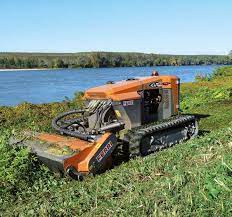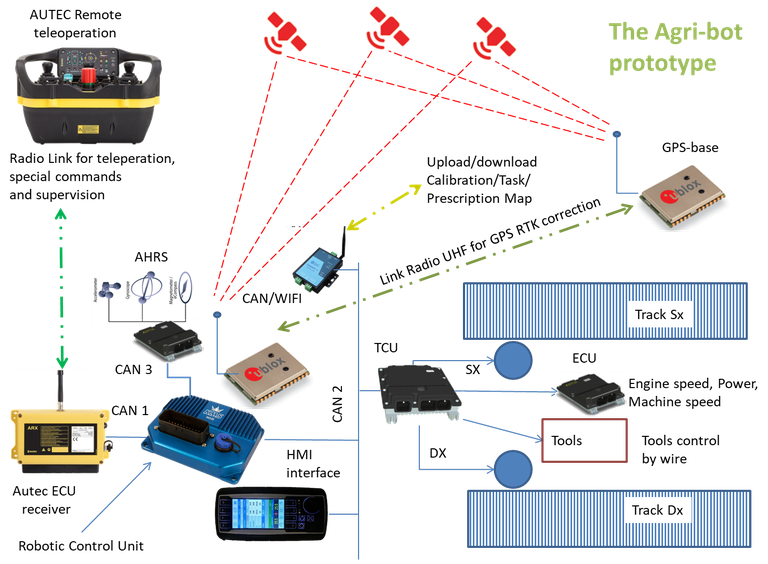UC6 - Agriculture robot (lawn mower)
- Intecs Solutions SpA Intecs, which was founded in 1974, provides the most innovative software & hardware technology, engineering services and products for dependable safety- and mission-critical electronics systems. Intecs designs and develops applications, tools, software, hardware components and products for Aerospace, Defense, Transportation,Telecommunication and Smart Systems markets in cooperation with major European and Italian Industries, Organizations, Universities and Research Centres.
- University of Genoa
- STAM S.r.l. STAM is a multidisciplinary engineering SME based in Italy which provides services and consultancies in several fields, including Safety, Security and Automation. Specifically, STAM is working for more than 10 years in Risk Assessment by developing ad-hoc software applications capable to meet the requirements of end-users belonging to several domains, such as industrial plants, transportation infrastructure and automated systems.
- RuleX Rulex Innovation Labs is specialized in research and development in the field of Artificial Intelligence and in machine learning software
- UNIVAQ University of L'Aquila, Italy
One of the most vital elements that must be configured to meet the requirements of the new smart farms is the UGV (unmanned ground vehicle). Operator-free vehicles have almost endless potential uses and could force businesses to rethink every industry from manufacturing to agriculture, which itself becomes increasingly automated with each passing harvest. GPS-guided tractors can already work the land with only a semi-attentive farmer at the wheel.
Ground mobile robots, equipped with advanced technologies for positioning and orientation, navigation, planning, and sensing, have already demonstrated their advantages in outdoor applications in industries such as mining, farming, and forestry. The commercial availability of GNSS has provided an easy way to set waypoints for autonomous vehicles, especially in agriculture. These systems aid operators in the precise guidance of tractors using LIDAR (light/laser detection and ranging) or GNSS technology but do not endow a vehicle or tool with any level of autonomy. Nevertheless, other critical technologies must also be incorporated to configure UGVs, such as the safety systems responsible for detecting obstacles in the robots’ path and safeguarding humans and animals in the robots’ surroundings as well as preventing collisions with obstacles or other robots. Finally, robot communications with operators and external servers (cloud technologies) through wireless communications that include the use of cyber-physical systems (CPSs) and Internet of things (IoT) techniques will be essential to incorporate decision-making systems based on big data analysis. Such integration will enable the expansion of decision processes into fields such as machine learning and artificial intelligence.

The Agriculture Robot use case is based on a robot by Ferri Srl. Ferri Srl produces four multi utility and multi-tool machines for Agriculture and Forestry called Agri-bot (see Figure 1.13), normally teleoperated now transformed in autonomous robotic machines by ESTE. The machine is a diesel engine powered multi-tool, robot with two hydrostatic transmissions each controlling one track, both electronically controlled (by wire), same applies to the machine power and engine speed. The front tool is controlled by an electronic control unit (ECU) and all the ECUs are connected through a SAE J 1939 CAN network.
In Figure 1.14 an overall architecture of the robot is depicted. The Agriculture Robot use case aims to verify by testing, safety analysis and simulation both the manual and the autonomous guidance phases of work of the multi-tool robot. Then, the other target for this use case will be to finalize development, verify and validate the autonomous guidance.
Figure 1.14: Agri-bot prototype

